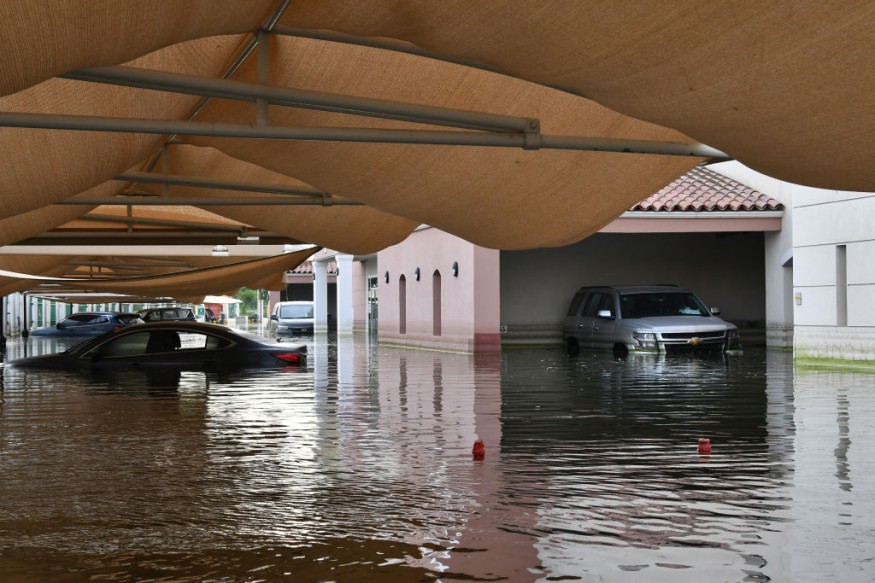
Global warming driven by fossil fuel emissions "most likely" intensified the heavy rains that hit the UAE and Oman last week, resulting in deaths and severe flooding.
Destructive Storms
The World Weather Attribution (WWA), an international group of scientists that investigates extreme weather events, discovered that greenhouse gas emissions caused storms to be far more destructive than they would have been in the pre-industrial age.
According to a study conducted by 21 international academics, heavy rainfall during El Niño years has increased by 10-40% in the impacted region.
A series of storms devastated the Gulf nations, killing twenty people in Oman and four in the Emirates. Four waves of rainstorms hit Dubai and Sharjah, flooding huge areas of the cities.
Global warming has brought excessive heat to oil-producing states. However, last week's floods highlighted the increased probability of extreme weather events as the world warms.
"If it had not been an El Nino year, it would have not have rained in this way. But at the same time, if it had not been for climate change, it would not have rained as heavily as it did," said Friederike Otto, a senior lecturer in climate science at Imperial College London and a WWA researcher.
The storm made landfall in Oman on April 14, killing at least 21 people in flash floods and other accidents.
It hit the UAE on April 16, pouring roughly two years' worth of rain that flooded houses, highways, malls, and offices, killing four people.
Dubai had considerable disruption for many days, with key routes obstructed by floods, electricity outages, and some inhabitants stuck in their houses. Dubai Airport, the world's busiest for international travelers, cancelled 2,155 flights and diverted 115.
Wetter Future For Gulf Nation
The WWA study examined historical weather data and climate models to evaluate changes in rainfall patterns in the region, including years affected by El Nino, a climate pattern that explains the anomalous warming of surface waters in the eastern tropical Pacific Ocean.
It discovered that heavy rains were much less intense in the years preceding 1.2 degrees Celsius (2.2 Fahrenheit) of warming over pre-industrial levels.
In January, a separate team of scientists discovered that by the middle of the century, yearly rainfall in the UAE might increase by up to 30%. Last week, Dubai received more than 250 millimetres (10 inches) of rain over two days.
Despite modern infrastructure and an early warning system, the WWA reported that 80 percent of inhabitants in Oman and 85 percent of those in the UAE live on low-lying, flood-prone land.
Dr Hylke Beck, assistant professor at King Abdullah University of Science and Technology in Saudi Arabia, warned that the Gulf nations must prepare for a wetter future.
Climate models based on a "moderate" greenhouse gas emission scenario predict that by the end of the century, the most extreme rainfall event in the UAE in any given year will be 10 to 15% more intense than it is today.
Other cities in the region, like Riyadh and Jeddah, have been hit by fatal flash floods in recent decades.
Related Article : Dubai Flooding: Airport, Roads and Establishments Submerged as UAE Experiences 'Heaviest Rainfall in 75 Years'
© 2025 NatureWorldNews.com All rights reserved. Do not reproduce without permission.





